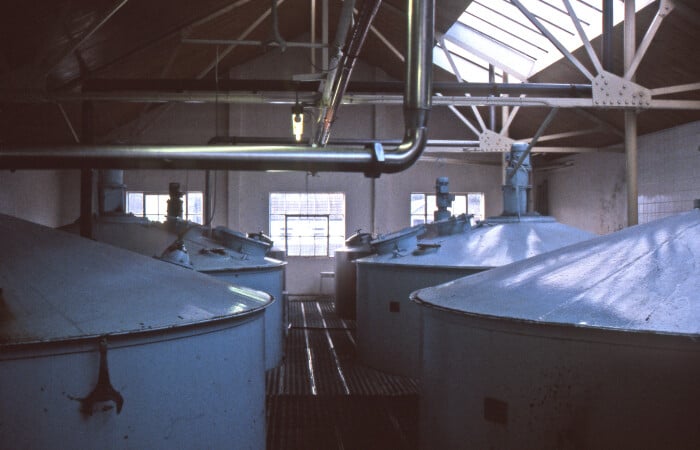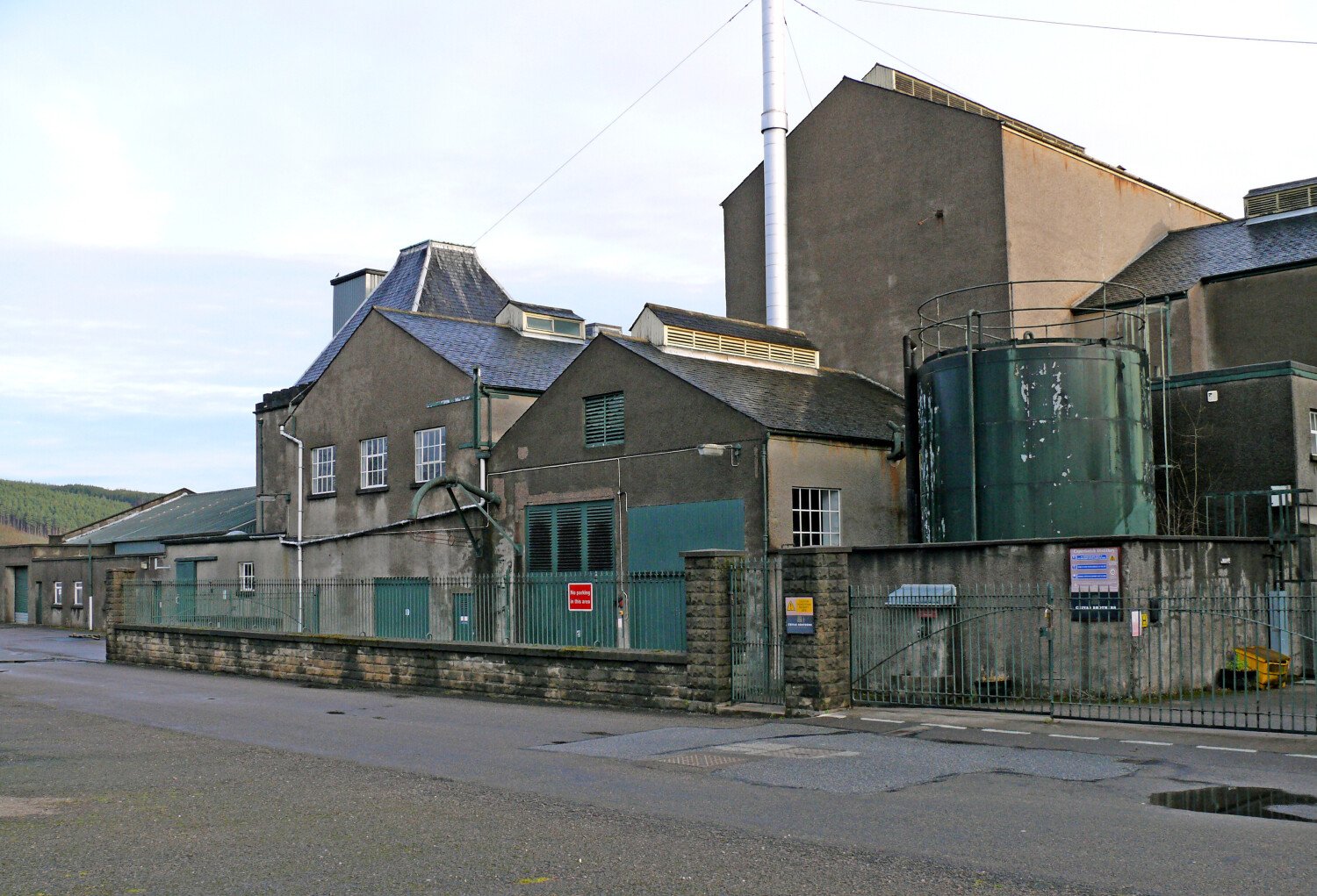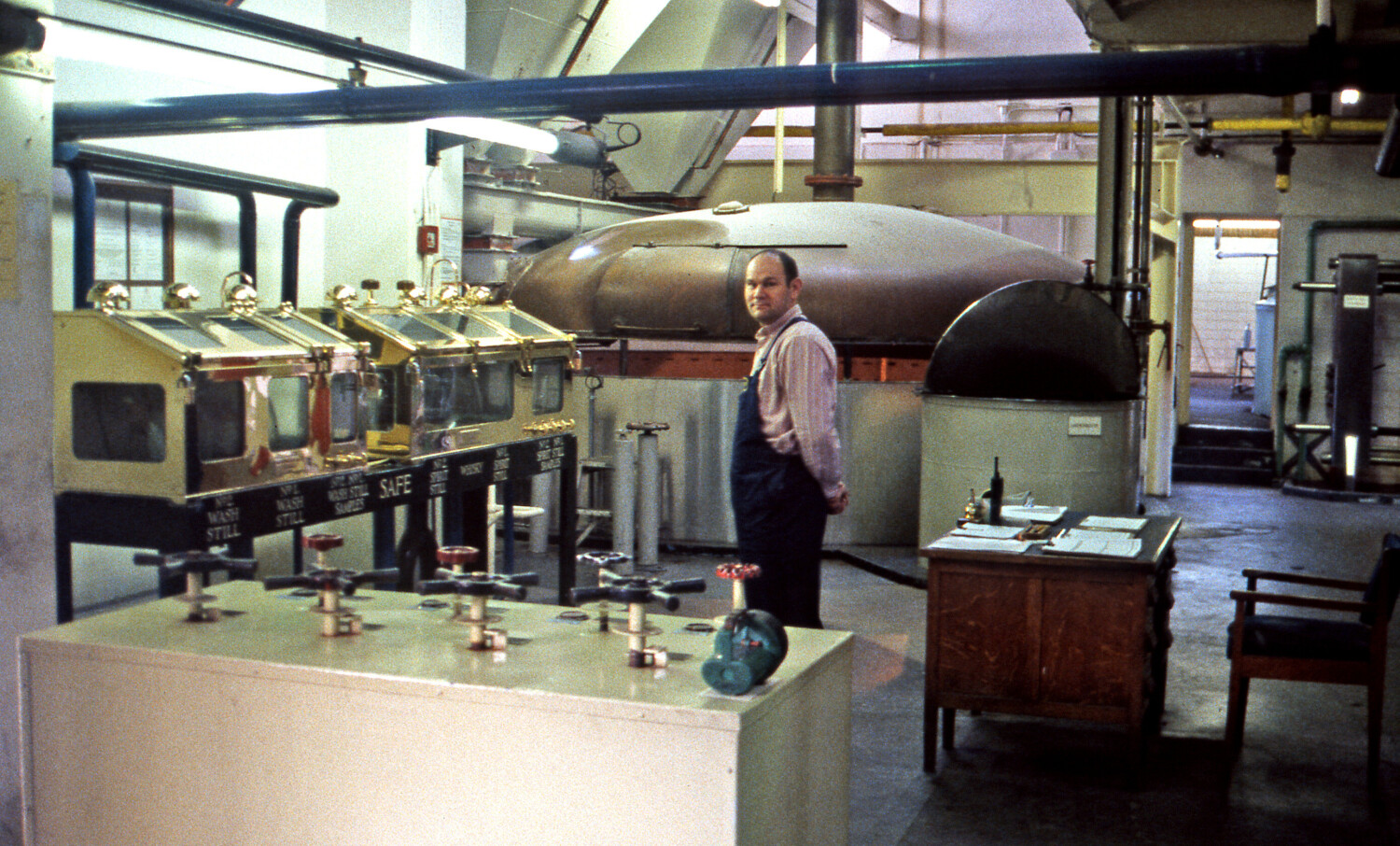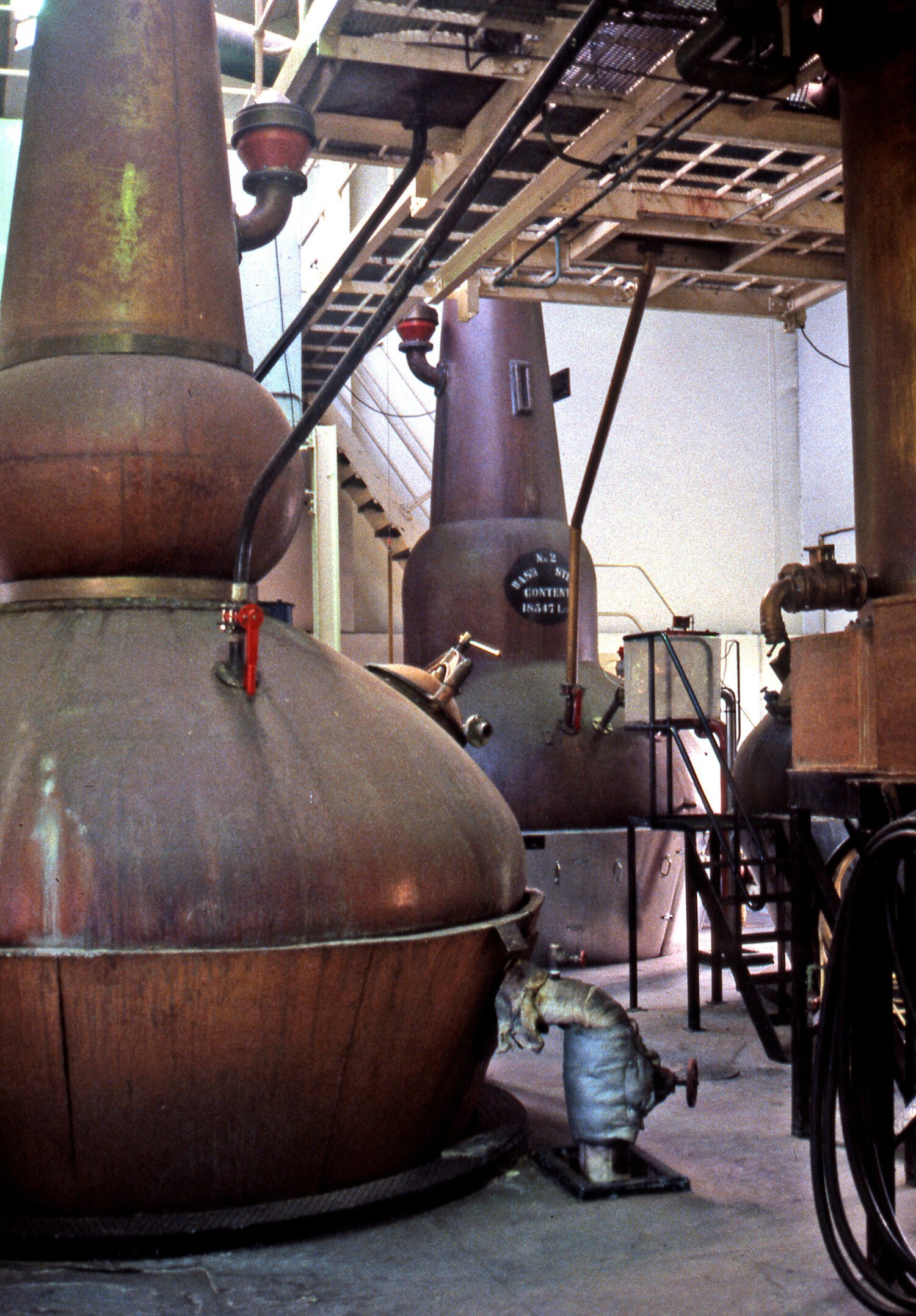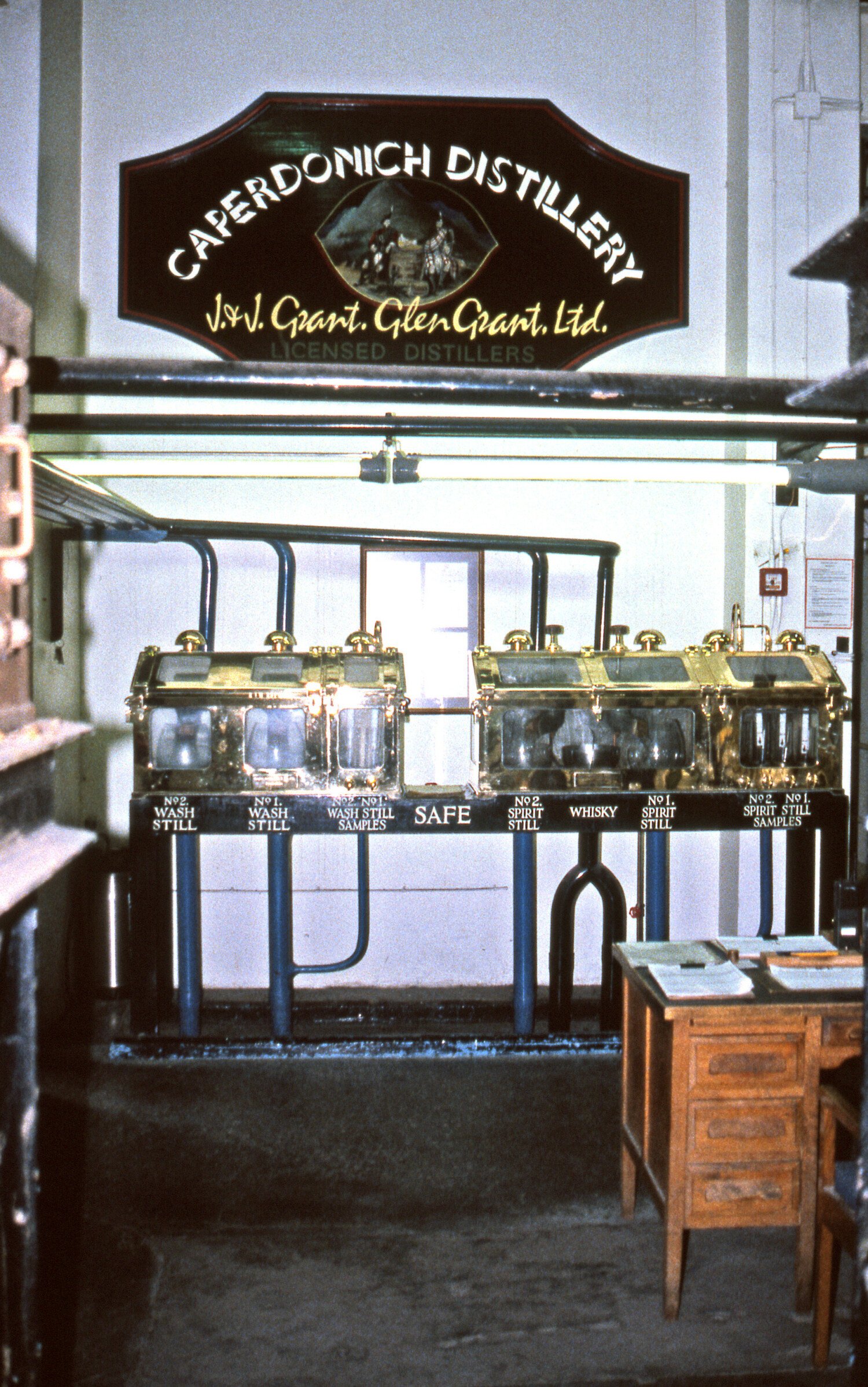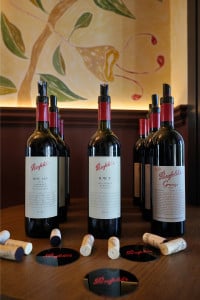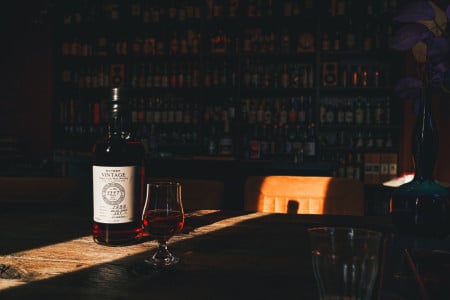In this blog, we take a closer look at the history of Caperdonich. A brand whose whisky often ended up in blends but whose wonderful single casks have also been released over the years.
Caperdonich, was originally built as Glen Grant N° 2. Distillery Caperdonich stood on Station Street in Rothes, in the buildings of an old malt house.
This malt house was bought from The Morayshire Malting Company by J. & J. Grant of Glen Grant distillery in Rothes in June 1896. It housed a brew kettle, fermenting vats and two stills to increase the capacity of sister distillery Glen Grant, and was therefore initially named Glen Grant N°2. This happened during the 'whisky boom' in the late nineteenth century. Scotch whisky had to make up for the shortage of brandy as French vineyards had been devastated during the Phylloxera crisis.
In 1897, number two came into production, at the insistence of the excise authority it was connected by a pipeline to Glen Grant N° 1. The new distillate was pumped through this pipeline, known locally as 'the whisky pipe', to N° 1 where the two distillates were blended together.
The bankruptcy of the Pattison company in late 1898 hit the whisky industry in Scotland hard and so did Glen Grant N° 2, which closed in 1901 for this reason. For years, the distillery stood idle and was used only for spare parts for Glen Grant N° 1.


